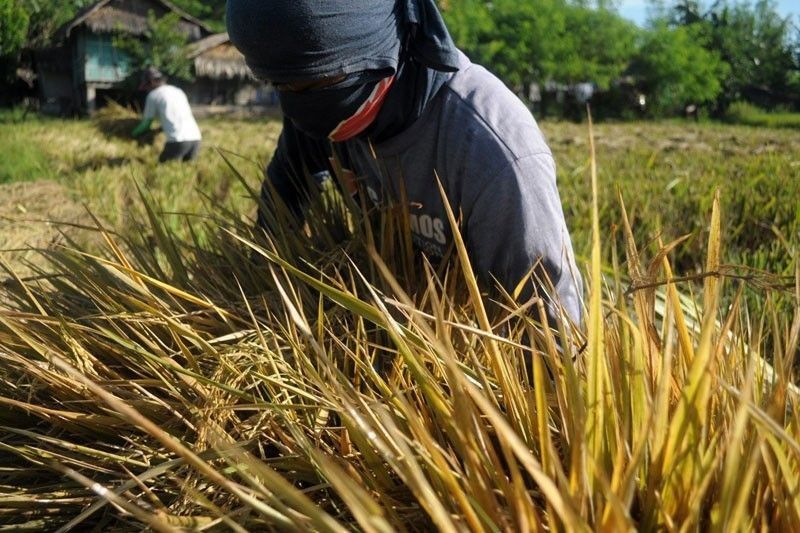Tungro damages P3.2M rice plants in Asturias

CEBU, Philippines — At least P3.2 million worth of rice plants in Asturias town were damaged by tungro and had to be burned or plowed to stop its spread.
"Burn or plow under the infected stubbles to reduce inoculum sources and destroy the eggs and breeding sites of green leaf hopper," stated in the recommendation of the Provincial Agriculture Office head Dr. Roldan Saragena.
Saragena explained that the cause of the widespread infection is the use of seeds from the same crop variety over time.
The seeds, which grew and carried the virus with them, had served as food sources to the green leaf hoppers, an insect.
The green leaf hoppers that suck the infected rice plants carry the virus with them when they suck other unaffected plants.
"Once a rice plant is infected by tungro (virus), it cannot be cured," Saragena stressed.
He said the municipal agriculturist had issued a report stating that a total of 54 hectares of rice fields in the barangays of Bago and Lunas were affected.
At present, the two barangays are under state of calamity due to the infestation.
After the clearing, either burning or plowing, the farmers are encouraged to do a crop rotation.
This meant that a different kind of plant, not rice, will have to be nurtured in the land in order to break the life cycle of the insect which carries the virus.
Legumous plants are on top of the suggestion board. The office of the municipal agriculturist pledged to purchase mongo seeds which will be distributed to the farmers.
Once the crop rotation is over, the farmers can plant rice again. By that time, the government will be presenting a rice variety which is resistant to tungro and green leafhoppers.
"This is the most economical means of managing the disease," written in the recommendation.
The report further stated that preventive measures are more effective to control tungro than direct disease control measures.
Using insecticides to control leafhoppers is often not effective because this insect continuously move to surrounding fields and spread the virus rapidly in very short feeding times.
Saragena said that they will be checking who of the 66 affected farmers have ensured their fields with the Philippine Crop Insurance Corporation (PCIC).
A P15,000 insurance will be given per one hectare of totally damaged rice fields. (FREEMAN)
- Latest























